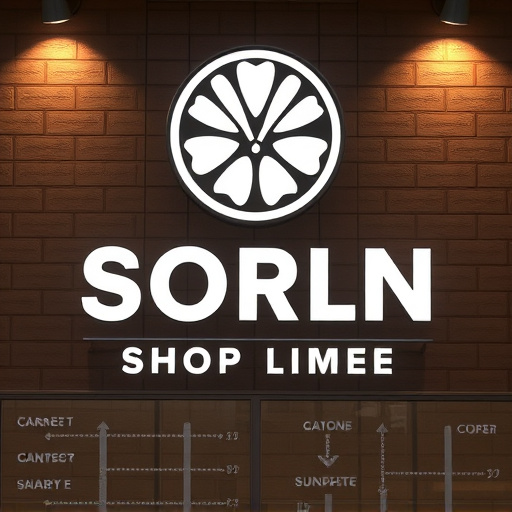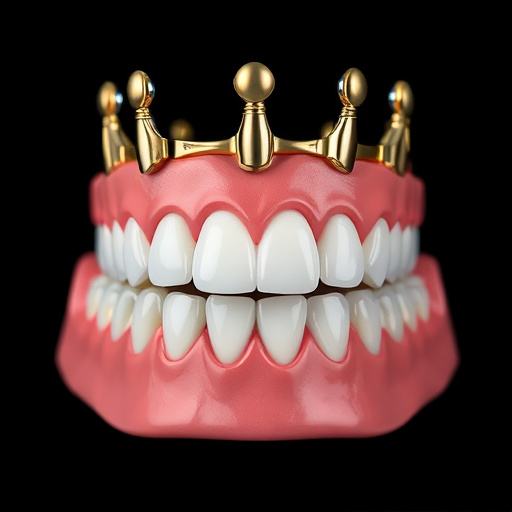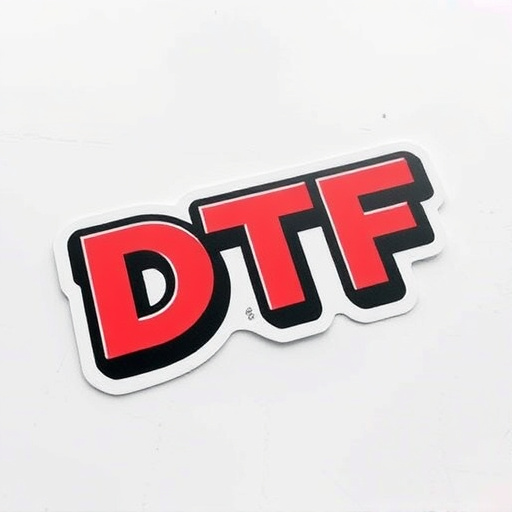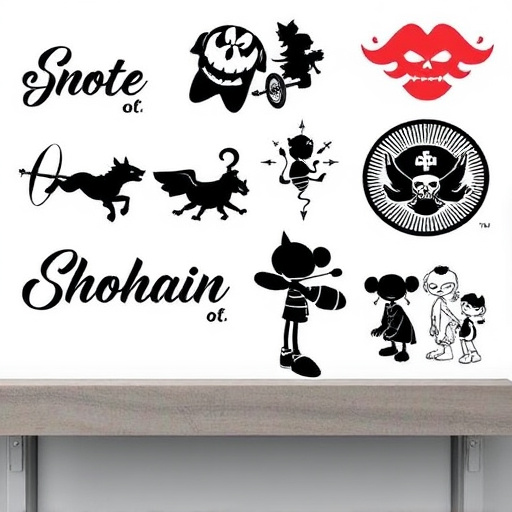To measure brochure design printing success, set marketing goals and track KPIs like brochures printed, cost per piece, direct sales, brand awareness (website traffic, social media engagement), and inquiries/leads for car customization businesses. Analyze data from various sources, identify trends and correlations, and use insights to optimize future campaigns for enhanced ROI.
Measuring the return on investment (ROI) from your brochure design printing efforts is crucial for understanding the effectiveness of your marketing strategies. This article guides you through a structured approach to tracking ROI, focusing on clear measurement metrics, distribution and response rates, and data analysis for actionable insights. By following these steps, you’ll gain valuable insights into what works best, enabling you to optimize future brochure design printing campaigns.
- Define Clear Measurement Metrics
- Track Distribution and Response Rates
- Analyze Data for Actionable Insights
Define Clear Measurement Metrics

To accurately track the return on investment (ROI) from your brochure design printing efforts, it’s crucial to establish clear and defined measurement metrics. Start by setting specific goals aligned with your marketing objectives. For instance, if your goal is to increase sales through brochure distribution, metrics like number of brochures printed, cost per brochure, and direct sales attributed to brochure handouts can be tracked. Additionally, consider the impact on brand awareness—metrics such as website traffic from unique visitors who received brochures or social media engagement related to brochure content can provide valuable insights.
Moreover, for businesses involved in car customization and vehicle protection (like those utilizing ceramic coatings), tracking ROI from brochure design printing might include measuring interest generated from potential customers. This could involve counting inquiries, leads, or sales directly attributable to the brochures. By monitoring these metrics, you gain a clear understanding of the effectiveness of your brochure design printing campaigns and can make data-driven adjustments to future efforts.
Track Distribution and Response Rates
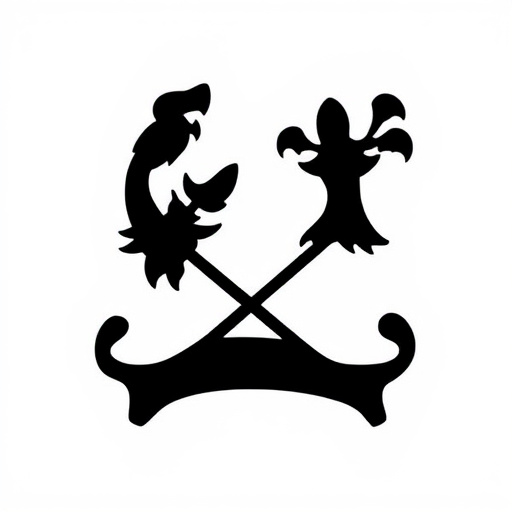
To accurately measure the return on investment (ROI) from your brochure design printing efforts, tracking distribution and response rates is paramount. Start by monitoring how many brochures are printed and distributed across various channels—whether through direct mail, trade shows, or online promotions. This initial step provides a baseline for evaluating success.
Next, assess the response rate by setting up clear metrics to capture interest. For instance, if your brochures promote special offers on services like car customization, window tinting, or vinyl wraps, track phone calls, emails, or website visits generated from brochure interactions. Analyzing these rates allows you to understand the effectiveness of your brochure design printing strategy and make data-driven adjustments for future campaigns.
Analyze Data for Actionable Insights

After gathering data from various sources, such as website analytics and sales records, it’s crucial to analyze this information critically. This involves identifying trends, patterns, and correlations that can provide actionable insights into your brochure design printing efforts. For instance, tracking how many leads or customers were generated directly from the printed brochures compared to digital marketing materials can highlight the effectiveness of different strategies.
By comparing the results for services like premium automotive services, ceramic window tinting, and custom vehicle wraps, you can gain a deeper understanding of which types of brochure designs resonate best with your target audience. This analysis should lead to data-driven decisions on future brochure design printing projects, allowing you to optimize your marketing spend and enhance your overall return on investment (ROI).
Tracking the return on investment (ROI) from your brochure design printing efforts is crucial for understanding the effectiveness of your marketing strategies. By defining clear measurement metrics, tracking distribution and response rates, and analyzing data for actionable insights, you can optimize your brochure campaigns to achieve better results. These steps ensure that every printed piece contributes to your overall business goals, making your brochure design printing a strategic and successful investment.

